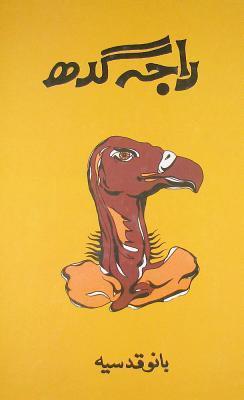What do you think?
Rate this book


564 pages, Hardcover
First published January 1, 1981
I was surprised at the direction it took, the sensitive issues it tackled and how it laid bare the struggles and psyche of men and women of all classes. People like me live in a cocoon of safety and blissful ignorance and like to pretend that there is nothing wrong with the world. Raja Gidh was actually a wakeup call for me, reminding me that these social issues are real. These aren’t just tales from another country, these things are happening right now around all of us.
It follows Qayyum, a middle-class man hailing from a rural background, who falls deeply and irrevocably in love with his university friend Seemi who is already in love with someone else. Seemi’s inability to love Qayyum back and her untimely death result in him going through and analyzing all four stages. The writer presents a parallel scenario where all birds converge in a forest to discuss the matter of man’s inventing nuclear weapons and his destroying of his own species. They declare human beings mad and come to the conclusion that since vultures also suffer from madness, one day they’ll wipe out all birds so they must be banished. Vultures are compared with human beings quite logically.
It wasn't my cup of tea but a good book regardless.